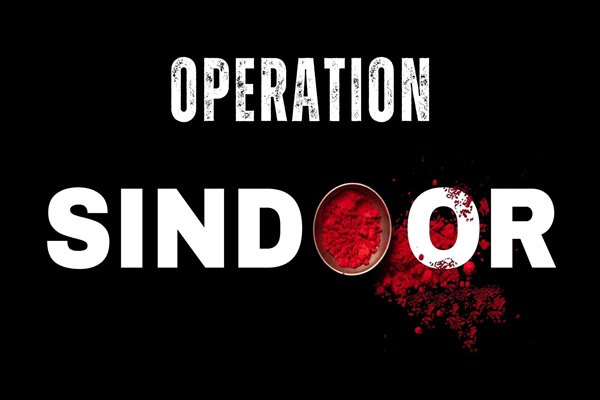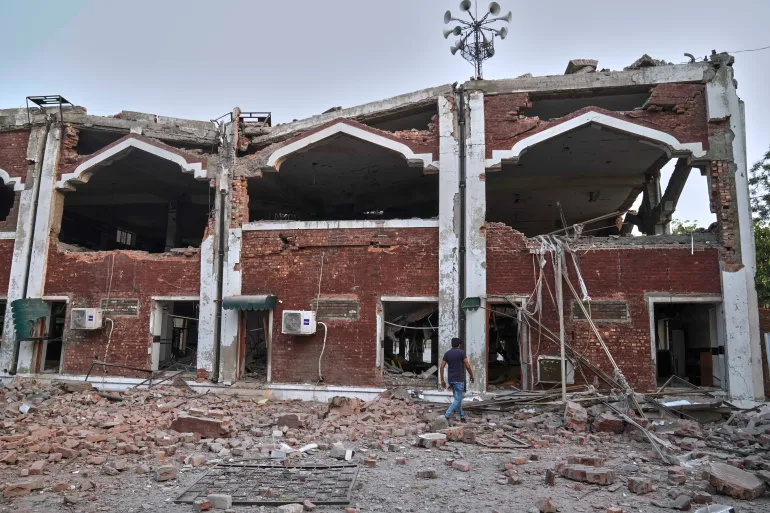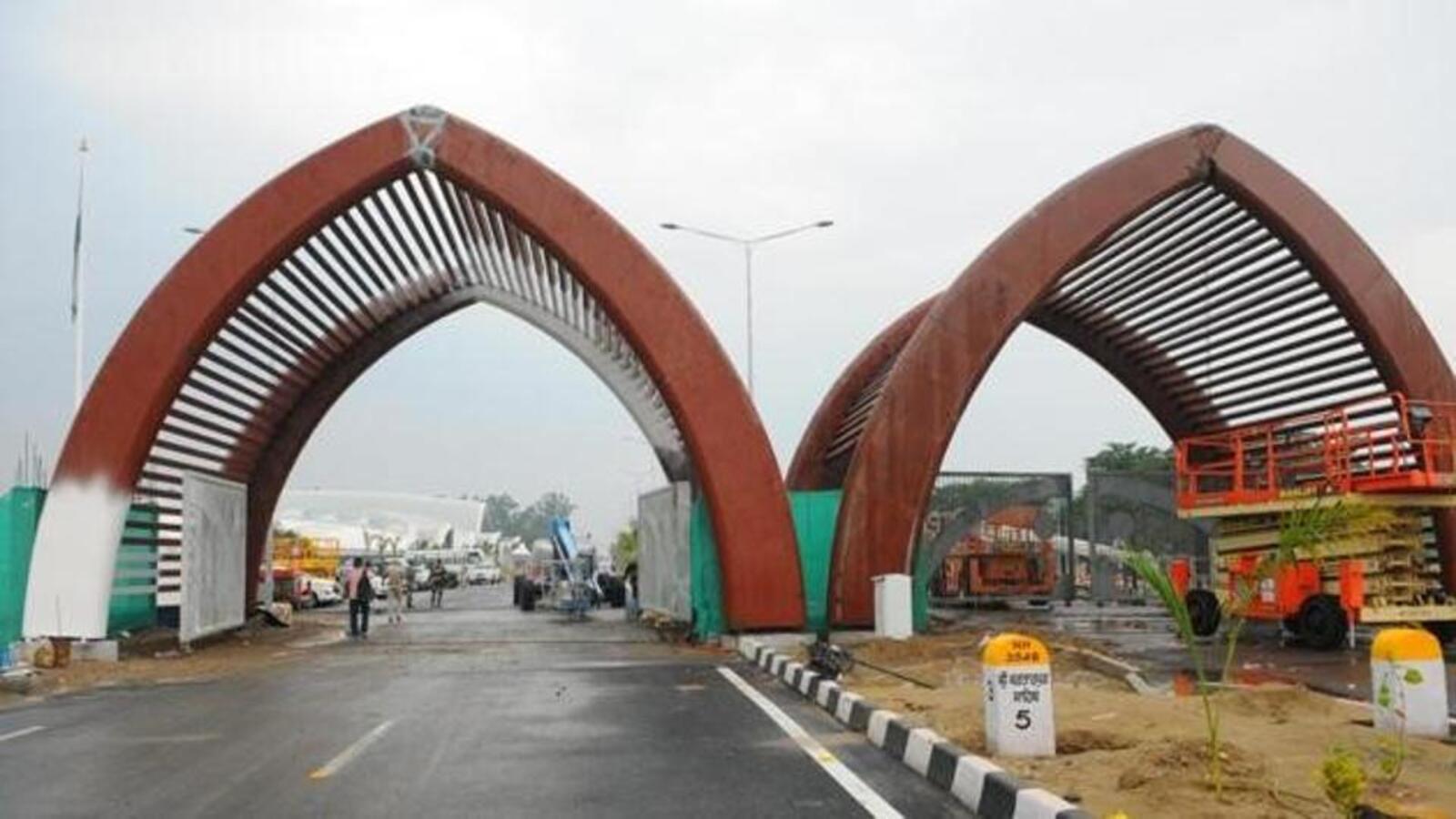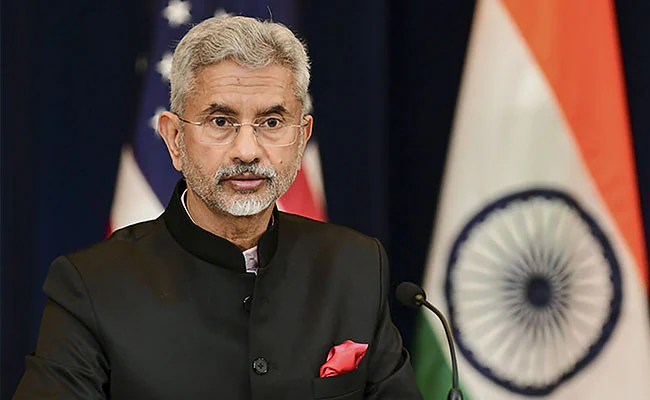In the early hours of May 7, the Indian Army launched a powerful and swift response to the recent terror attack in Pahalgam, Jammu & Kashmir. This operation, named Operation Sindoor, lasted only 25 minutes, but in that short time, the military managed to hit and destroy nine major terror camps located across Pakistan and Pakistan-occupied Kashmir (PoK).
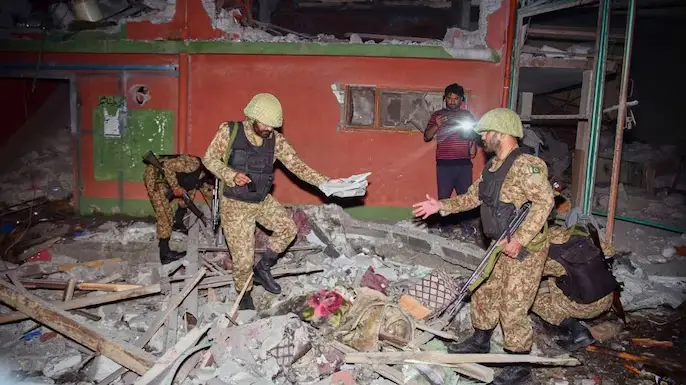
Why This Operation Happened
Just a few days ago, a brutal terror attack in Pahalgam killed 26 innocent people, including women and children. This attack wasn’t just another tragic event — it was meant to disturb the peace that had slowly been returning to Kashmir. Indian officials say this couldn’t go unanswered.
Vikram Misri, India’s Foreign Secretary, said during a press briefing, “We had credible intelligence that more attacks were being planned. So we had no choice but to act — not just to punish, but to stop future attacks.” He emphasized that the mission was measured and careful, designed to avoid hurting civilians while targeting only terrorist bases.
What Happened During the Strike
From 1:05 am to 1:30 am, Indian forces carried out highly targeted strikes using advanced weapons like SCALP cruise missiles and precision-guided bombs. According to Colonel Sofiya Qureshi, nine camps were hit, including:
- Muridke (Pakistan): Known as the headquarters of Lashkar-e-Taiba, where Ajmal Kasab and David Headley trained before the 2008 Mumbai attacks.
- Shawai Nallah (Muzaffarabad, PoK): Linked to recent attacks in Sonamarg and Gulmarg.
- Sarjal Camp (Sialkot, Pakistan): Connected to the killing of four police officers in J&K.
- Markaz Subhan Allah (Bahawalpur, Pakistan): Home base of Jaish-e-Mohammed, a group behind multiple deadly attacks in India, including the 2019 Pulwama suicide bombing.
- Other sites were used for training suicide bombers, storing explosives, and launching attacks on Indian targets.
Precision with a Purpose
Wing Commander Vyomika Singh said that every target was chosen carefully to avoid harming civilians. “We aimed to destroy the core of the terror infrastructure, which has existed for over three decades,” she said. India believes Pakistan has supported over 20 terror launch pads near the border that regularly send militants into India.
A Pattern of Retaliation
This isn’t the first time India has responded forcefully to terror attacks:
- In 2016, after the Uri attack, India carried out surgical strikes across the LoC to take down launch pads.
- In 2019, after the Pulwama suicide bombing that killed 40 CRPF soldiers, India carried out the Balakot airstrike, hitting a Jaish-e-Mohammed training camp deep inside Pakistan.
Operation Sindoor is the latest in a series of such bold actions.
The Message
The Indian government has made it clear: terror attacks will not go unpunished. The swift and focused response shows that India is willing to act — firmly and responsibly — to protect its people.

